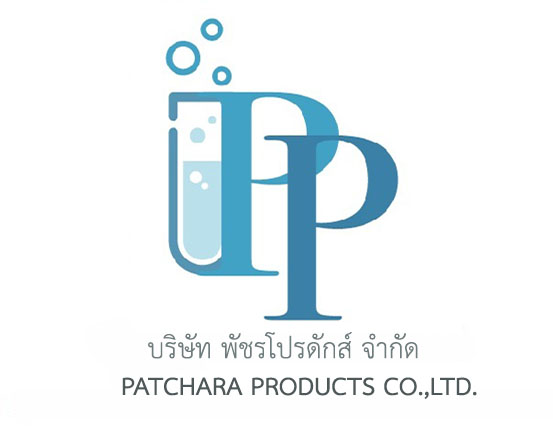The United States is one of Thailand’s major food export markets, but the key mechanism for importing food for sale in the United States is not easy due to the fact that it must be connected to the retail network in the United States.
Most Thai Food Exporters are familiar with the Sunlee Group, a major import business that has been operating in the US since 1982.
Currently, Mr.Sam Lee, the second-generation heir, has led the company through s series of challenges since Covid-19 crisis that lead to a shortage of US exporter containers, which has caused shipping rates to surge in 2021.
Even though the US market has recently faced a full-blown recession, requiring higher interest rates to slow down inflation, which has had a significant impact on purchasing power.
However, he predicts that inflation has already begun to slow, suggesting that the recession is expected to persist for another half year and improve by mid-2024.
Importing over 3,000 food items
Sunlee produces and distributes more than 400-500 SKUs of products, with more than 50% being rice products under the Sunlee, Sunbird, Sun Panda, and Lucky Wing brands, followed by coconut milk, canned sweet corn and baby corn, seasonings, and rice paper and noodles. It also imports more than 3,000 processed food products from Thailand, such as Chaokoh, Phanthai Norasing, and Yan Wo Yun, for sale in the United States.
Sunlee has five warehouses in the United States: Oakland, Houston, Seattle, Los Angeles, and Las Vegas. This latest branch has been adjusted to a business model similar to Mini Makro, targeting the food service and restaurant sectors, with the primary market in the western United States and expanding to Vancouver, Canada, through the Seattle branch. It has also expanded to Rotterdam, the Netherlands.
Import 40,000 tons of Thai rice
Each year, Sunlee imports approximately 40,000 tons of rice from Thailand for sale. The United States does not impose a 0% tariff on rice, making the US rice market competitive and equal. This is different from the European market, which imposes a 175 euros tariff on rice imported from Thailand, which is 20% of the rice price, creating advantages and disadvantages.
Export barriers to Vietnamese rice adulteration are now found to be less severe as consumers can now differentiate between Thai and Vietnamese rice. Meanwhile, the price levels of Thai and Vietnamese rice are competitive, depending on the type of rice.
Currently, there is a rice called “Khao Hom Sok Jang” from Vietnam that is competing with Thailand. The price is not cheaper than jasmine rice, but the quality is different from jasmine rice.
Contract farming for Thai farmers
As all raw materials are imported from Thailand, the company has established an agricultural production system using a contract farming system and has a fully integrated rice, corn, and coconut milk processing plant, using modern technology and producing in accordance with international standards.
The rice quality improvement plant in Bang Pakong, Chachoengsao Province, uses paddy rice from the Northeast, Pathum Thani rice from the Central region, and glutinous rice from the North. The main production source is jasmine rice, with a production capacity of 250,000 tons per year.
Read more at: https://www.prachachat.net/breaking-news/news-1485892

